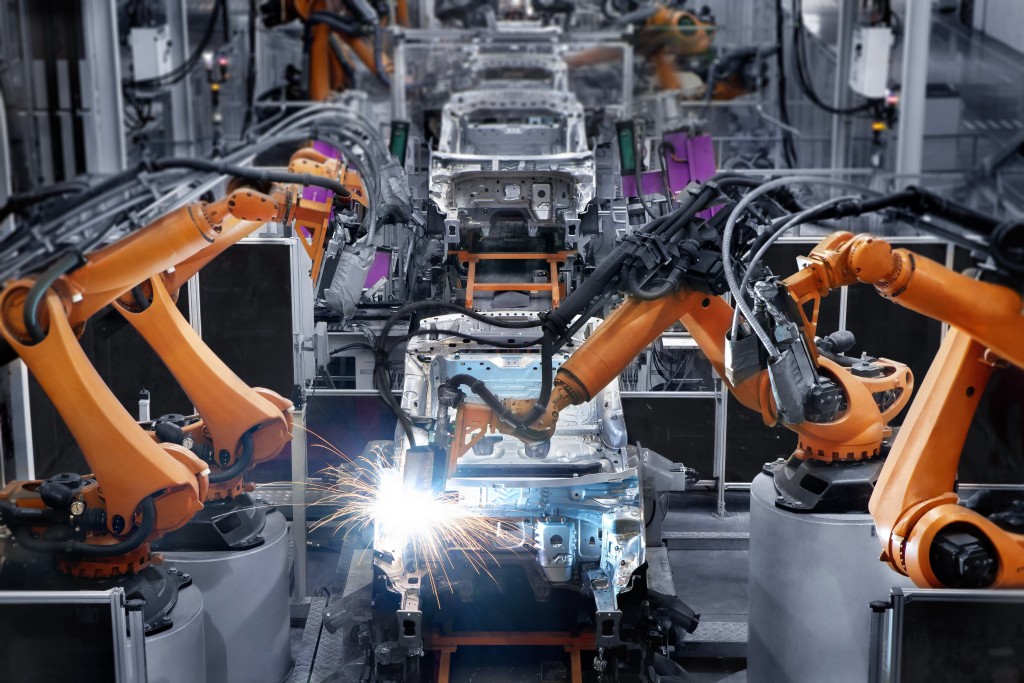The global supply of water is diminishing at an alarming rate, so industries that use lots of it must adjust their operations to avoid a crisis. Water Resources Group has predicted that demand for this precious commodity will exceed supply in 2030. The exacerbation of climate change is only worsening the situation for a wide range of industries and governments at large. In the manufacturing industry, water finds numerous applications that range from power generation to temperature control. A change in water use in industries can have a huge impact on the availability of this resource. The concern is not just about the amount of water used.
The availability of water to local communities is crucial, but industries are taking a huge chunk of it as things stand. They have a wide range of impacts on water resources, but the most profound is pollution. By-products coming from most operations in these industries contain dangerous pollutants that include heavy metals, heat, organic matter, and pathogens. How can the manufacturing industry optimise water to counter this serious challenge?
1. Analysis of Current Water Usage
Before everything else, it might be important to gather enough information regarding the current level and state of water use in the industry. From the data, it will be possible to develop water optimisation measures. This assessment will comprise activities such as:
• Identification of leaks in the piping network
• Locational measurement of water use
• Reading bills often
• Analysis of water usage by different departments
2. Employee Education
Water conservation may appear as a trending topic, but the workforce may need a little education, especially regarding the steps to take to further the water optimisation agenda. Let the training begin with a sensitisation about the benefits of prudent use of water. Train the employees about all the possible ways of reducing water consumption, insisting on innovative steps. Whenever a solution is needed, engage everyone throughout the process of innovation and implementation.
3. Water Recycling

Manufacturing companies can cover a lot of ground by simply implementing changes in their operations, especially in terms of recycling and reusing water. For instance, instead of sending processed water down the drain, you can use this type of water for indoor and outdoor cleaning applications. While this depends on the specific operations of your industry and the state of the wastewater, water purification systems may be necessary.
4. Water Efficient Equipment
Many companies have managed to use water more prudently by modifying equipment, even in minor aspects. Installation of sub-meters, installation of modern taps, adjustment of pump settings, and adjustment of flow rates at various areas are some approaches one can take. Sometimes, the installation of new equipment that uses water more effectively is a sound economic, social, and environmental decision.
Water shortage is a serious problem that can even affect a company’s bottom line, now or in the future. As many companies install water purification systems and implement various water conservation steps, make sure that your facility joins the bandwagon.

